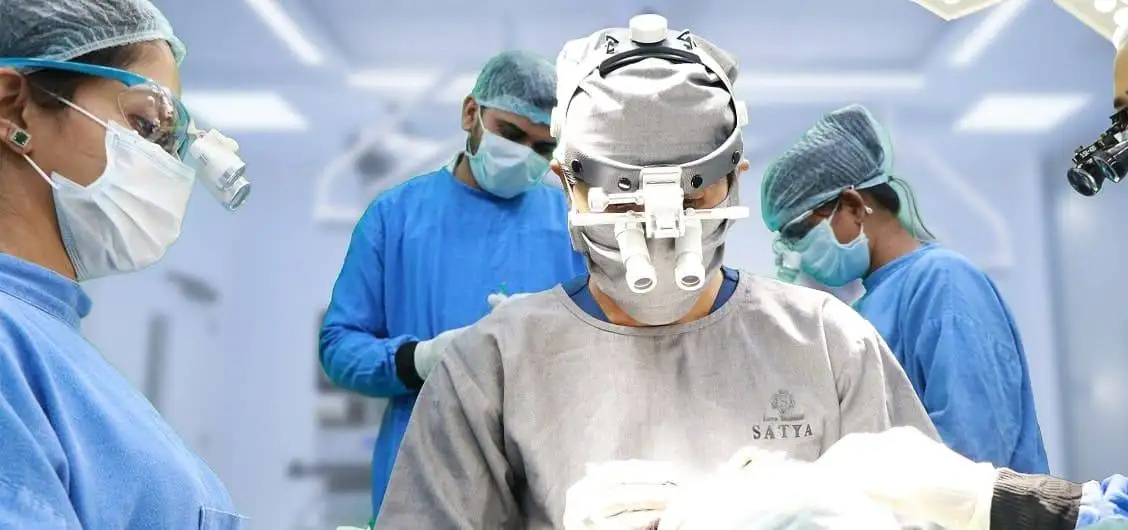Platelet Rich Plasma (PRP) Therapy
Platelet rich plasma, or PRP, has emerged as a revolutionary non-surgical technique in the realm of hair restoration. This cutting-edge treatment involves the injection of platelet rich plasma, a substance teeming with a supra-physiological concentration of platelets and an abundance of growth factors and bioactive proteins. These components work in tandem to stimulate the inflammatory cascade, expedite the healing process, and accelerate tissue remodelling. Platelet-rich plasma PRP therapy, touted for its natural approach, ensures safety and delivers impressive results.

Understanding the Mechanics of Platelet rich plasma (PRP)
At its core, Platelet rich plasma PRP’s primary objective in hair restoration is to awaken dormant or newly implanted hair follicles, coaxing them into an active growth phase. However, its benefits extend beyond mere hair loss reduction. PRP enhances hair quality and texture, making it versatile for various hair-related issues, including eyebrow hypotrichosis, alopecia areata, and non-hereditary hair loss.
Platelet rich plasma PRP’s mechanism involves stimulating follicular progenitor cells and adult stem cells in both male and female pattern hair loss. When paired with a hair transplant procedure on the same day, Platelet rich plasma PRP can mitigate the severity of post-transplant shock hair loss and increase the survival rate of grafts. Typically, new hair growth becomes noticeable within 2-3 months, with results lasting anywhere from 6 months to a year, contingent upon the individual’s stage and progression of hair loss and thinning.
The Art of Platelet rich plasma PRP Technique
It’s crucial to acknowledge that not all PRP treatments are created equal. Variations in technique and quality exist across different clinics. Satya Hair Solution, for instance, adheres to the highest international standards of PRP therapy, ensuring optimal outcomes for patients.
The procedure begins with a small blood sample, which is processed in a centrifuge to separate its components. The platelet-rich plasma is then meticulously extracted for injection. What sets Satya apart is its specialized technique, combining PRP with hair transplant procedures. This innovative approach not only minimizes shock hair loss but also accelerates the growth of transplanted hair. To further enhance results, micro-needling with a specific roller device is employed to stimulate the scalp’s dermis, triggering micro-trauma that activates numerous healing and growth repair cells.

Platelet rich plasma (PRP) in Combination with Hair Transplant Surgery
- Early Recovery Post-Transplant: PRP expedites the healing process, allowing patients to recover more swiftly after a hair transplant procedure.
- Faster and Thicker Hair Growth: The combination of PRP and transplantation promotes faster hair growth and contributes to thicker, fuller hair.
- Reduced Post-Transplant Shock Hair Loss: PRP’s inclusion helps mitigate the common issue of shock hair loss following a transplant.
- Minimized Shedding Phase: Both transplanted and existing hair benefit from reduced shedding, ensuring a smoother transition during the healing process.
Satya Hair Solution - Pioneering Platelet-rich plasma (PRP) Since 2013
Satya Hair Solution has been at the forefront of PRP therapy for hair regeneration since 2013. When administered correctly, PRP has proven to be a game-changer in the realm of hair growth, offering patients a non-invasive and highly effective solution.
Single Session vs. Multiple Sessions - Debunking the Myth
The Single Session Approach
Contrary to the prevalent notion of multiple sessions of PRP, Satya Hair Solution firmly advocates for a single, highly effective session of PRP combined with deep microneedling. When administered correctly and efficiently, a single session of PRP can yield visible results. However, it’s essential to recognize that the duration of these results may vary from person to person and over time.
The Pitfalls of Frequent PRP Sessions
Dr. Shaiil, an expert in this field, points out the disadvantages of doing PRP therapy too often. Surprisingly, repetitive PRP sessions with very short intervals may not provide additional advantages, and even lead to the development of tolerance. In addition, PRP is an invasive procedure that requires careful nursing and strict aseptic precautions. Shock hair loss is also likely to occur, but with multiple sessions the risk is slightly higher.
Monthly PRP sessions have convenience and cost implications that cannot be ignored. They demand high financial investment, frequent travels by patients, time off work, and possible discomfort. This begs the question: Is it worth the multiple sessions?
The Holistic Approach to Platelet-rich plasma (PRP)
It is imperative for individuals considering PRP therapy to look beyond the per-session cost and embrace a more comprehensive perspective. The effectiveness, safety, convenience, and sustainability of results are all crucial factors that can be achieved through a single, properly executed PRP session.
In conclusion, Platelet Rich Plasma (PRP) therapy has emerged as a groundbreaking solution for hair restoration, offering both safety and efficacy. By understanding the intricacies of PRP, choosing the right clinic with advanced techniques, and opting for a single session approach, individuals can unlock the full potential of PRP in their hair regeneration journey.
Get Appointment
Consultation

Repair

Blog

Galleries

Frequently Asked Questions
PRP, or Platelet Rich Plasma, is a non-surgical technique that involves injecting a solution containing a high concentration of platelets and growth factors to stimulate the body's natural healing processes. In the context of hair restoration, PRP is used to promote hair growth, improve hair quality, and reduce hair loss.
PRP works by stimulating dormant or newly implanted hair follicles, encouraging them to enter an active growth phase. It also enhances the overall quality and texture of the hair. PRP is effective for various hair-related issues, including male and female pattern hair loss, alopecia areata, and eyebrow hypotrichosis.
PRP therapy begins with a small blood sample, which is processed in a centrifuge to isolate the platelet-rich plasma. This plasma is then injected into the target area. Micro-needling with a specialized roller device is often used to stimulate the scalp's dermis, promoting healing and growth.
Combining PRP with hair transplant surgery can lead to several benefits, including faster recovery, thicker hair growth, reduced shock hair loss post-transplant, and minimized shedding in both transplanted and existing hair.
Satya Hair Solutions recommends a single session of PRP, as multiple sessions may not provide additional benefits and could lead to tolerance development. Moreover, frequent sessions can be costly, inconvenient, and potentially uncomfortable. It's essential to consider the overall efficacy and sustainability of results when making this choice.




